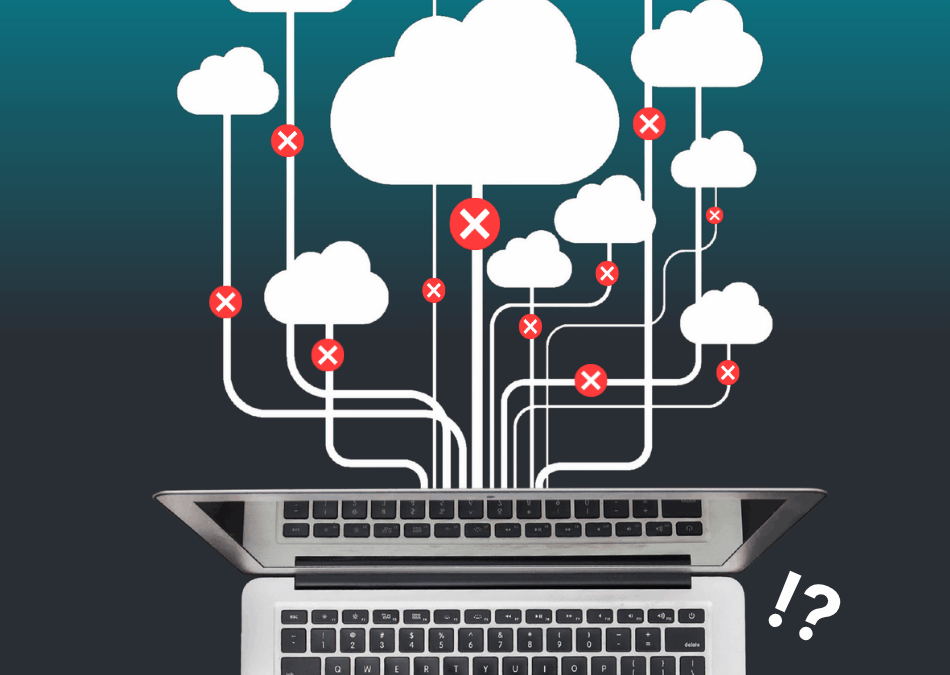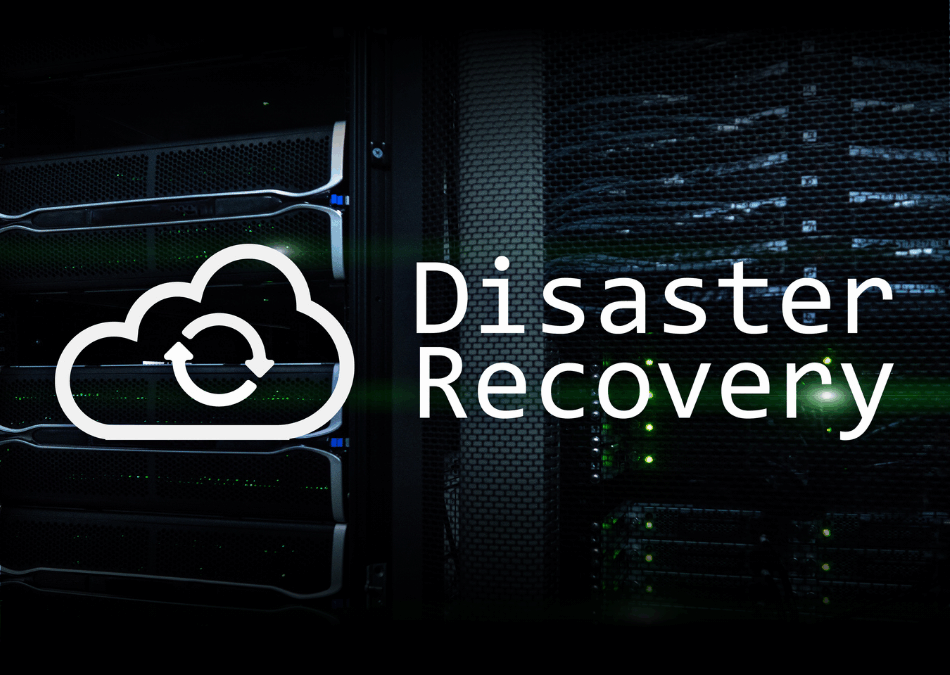IT investments: When it’s time to upgrade on the IT front, it is crucially important not to use money stupidly. To avoid stupid and poor investments, you will need to know your baseline. But what is a baseline?
We explain here.
What is a baseline?
Your baseline is the status quo. It is how your IT situation looks right now. When you carry out a baseline analysis, you need to assess your entire IT infrastructure – all the way from the performance capacity of the individual units in the inventory to the connection to your internet and server provider.
In a baseline analysis, in other words, you test all aspects of your IT operation, so that you can identify the bottlenecks that you need to improve.
“We had a client who a few years ago upgraded their internet speed from 10 mbits to 100 mbits. However, they were still not satisfied with the speed. We investigated the case for them and discovered that they were only using six per cent of their bandwidth. It was therefore entirely unnecessary to increase their bandwidth by a factor of 10, since it was the local systems in the company that had the restriction,” explains Steen Teudt, CapaSystems Product Manager. He continues:
“The internet connection is very often made the scapegoat for slow systems. However, at CapaSystems we often find that the problem is elsewhere. We therefore also find that a thorough baseline investigation can be an eye-opener which gives you a decisive insight into your system before you choose how you want to invest to keep your IT infrastructure up to date.”
Prioritize your IT upgrades
When you have established your baseline analysis and know where the weak spots in your infrastructure are, you can prioritize the upgrades and give the IT investments a look.
However, in your prioritization, you need to look beyond the performance analysis itself. Because even if you have identified the weakest point in your system, it is not certain that this is where you can make the most cost-effective improvement. In your prioritization of the system upgrades, you therefore need to compare the price of the improvement with the effect of the improvement.
By comparing the two parameters with each other, you obtain an overview of whether there are low-hanging fruits that you can easily improve. In the example above, it even turned out that it was a low-hanging and cost-free “fruit” that had the greatest effect on the company’s IT performance. All that was needed was the removal of the “speed limit” in the computers, freeing the download and upload speed.
Involve key staff before you make an IT investment
In your prioritization work, it is also often advantageous to consider your corporate strategy. Involve key individuals from your management and find out which part of the IT operation is most important to be able to provide the services in future that the management, R&D department or sales department have on the drawing board.
Involving the right interested parties in your plans not only ensures IT investments that support your corporate strategy; early involvement also makes it easier to gain approval for your budgets and it will be easier to explain why an IT investment needs to be made now, rather than in one, two or three years.
Remember that IT systems are connected
Some upgrades can be made individually. Other upgrades require adjustments in the whole or part of the IT infrastructure.
For example, one of the improvements with the widest implications might be if you want to upgrade the network cards in your system inventory, because you can see that they are too slow compared with your current and future needs.
If the baseline analysis also shows that you are already using 80% of your bandwidth, the hardware replacement cannot sensibly be done in isolation. You will also need to increase your bandwidth before the new network cards have any effect.
The best prerequisites for a successful upgrade
To get a realistic picture of the costs associated with your IT investments, you therefore need to think through how each improvement affects the rest of your infrastructure. The additional costs associated with a particular improvement need to be kept in mind when you budget your investments.
Before throwing yourself into major IT investment projects, you therefore need to have an overview of four things: your baseline, your strategy, your interested parties and the subsequent effects of the investments. With these four elements in place, you and your company will be in a far stronger position in meeting the IT challenges of the future.
Read more:
PerformanceGuard – the software solution from CapaSystems
Download Whitepaper: Solve your performance issues with end user simulation


